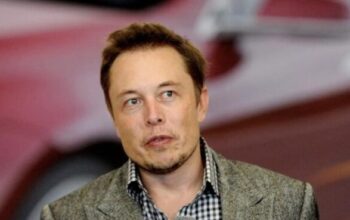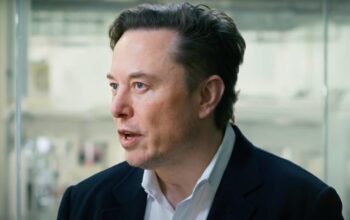Pressures between China and Taiwan have escalated since October 1, when China observes its National Day to mark the birth of the People’s Republic of China (PRC).
Coinciding with the 72nd anniversary fests, China flew over 100 fighter spurts into Taiwan’s air defence identification zone, jingling jitters in Taiwan and setting off alarm around the world that it was preparing to take over the islet by force.
Although largely unrecognised by other countries as similar, tone- ruled Taiwan sees itself as no lower than an independent nation, and its leaders, including the fiercelypro-independence President Tsai Ing-wen, have pledged to defend its sovereignty against the Chinese thing of “ reunification”.
But Taiwan is entirely dependent on the US for its defence against possible Chinese aggression — and that’s why every shaft in military pressures between China and Taiwan injects further hostility in the formerly strained relationship between Washington and Beijing.
1949 Founding of the PRC
Taiwan, before known as Formosa, a bitsy islet off the east seacoast of China, is where Chinese republicans of the Kuomintang government retreated after the 1949 palm of the socialists — and it has since continued as the Republic of China (RoC). The islet is located in the East China Sea, to the northeast of Hong Kong, north of the Philippines and south of South Korea, and southwest of Japan. What happens in and around Taiwan is of deep concern to all of East Asia.
Taiwan observes October 10 — “ double 10” — as its public day; it was on this day in 1911 that sections of the Manchu army rose in rebellion, leading eventually to the defeat of the Qing dynasty and the end of times of the monarchy. The RoC was declared on December 29, 1911, and it plant its bases in the 1920s under the leadership of Dr Sun Yat-sen, author of the Kuomintang (KMT) Party.
Sun was succeeded by General Chiang Kai-shek, whose conduct against the Chinese socialists, who were part of an alliance with the KMT, started the civil war that ended in palm for the socialists and retreat of Chiang and the KMT to Taiwan.
Since its founding in 1949, the PRC has believed that Taiwan must be reunified with the landmass, while the RoC has held out as an “ independent” country. The RoC came thenon-communist frontier against China during the Cold War, and was the only‘China’recognised at the UN until 1971. That was when the US inaugurated ties with China through the secret tactfulness of Henry Kissinger, public security counsel to President Richard Nixon.
The US tails Taiwan’s independence, maintains ties with Taipei, and sells munitions to it — but officially subscribes to PRC’s “ One China Policy”, which means there’s only one licit Chinese government. Just 15, substantially veritably small, countries honor Taiwan.
In 1954-55, and in 1958, the PRC bombed the Jinmen, Mazu, and Dachen islets under Taiwan’s control, drawing in the US. Congress passed the Formosa Resolution authorising President Dwight D Eisenhower to defend RoC home.
In 1955, Premier Zhou En-lai declared at the Bandung Conference that he wanted accommodations with the US. But as civil war broke out in Lebanon in 1958, China proceeded the bombing, provoking the US to supply Taiwanese posts on the islets. The PRC and ROC also arrived at an arrangement to bomb each other’s garrisons on alternate days — this continued until 1971. (‘ Mileposts in the History of US Foreign Relations’,history.state.gov)
The most serious hassle was in 1995-96, when China began testing dumdums in the swell around Taiwan, driving the biggest US mobilisation in the region since the Vietnam War. The tests led to there-election in 1996 of President Lee Teng-hui, seen by the Chinese as apro-independence leader.
In 1975, Chiang Kai-shek failed, martial law was lifted, and Taiwan got its first popular reforms. Starting from the 1990s, and despite the bullet extremity, relations between the PRC and RoC bettered, and trade ties were established. As the British set to exit Hong Kong in 1999, the “ One China, Two Systems” result was offered to Taiwan as well, but it was rejected by the Taiwanese.
In 2000, Taiwan got its firstnon-KMT government, when the Taiwanese chauvinist Democratic Progressive Party (DPP) won the administration. In 2004, China started drafting ananti-secession law aimed at Taiwan; trade and connectivity, still, continued to ameliorate.
Moment, the two big players in Taiwan’s politics are the DPP and KMT, astronomically the parties of the islet’s Hakka occupants and the nonage landmass Chinese independently. The 2016 election of President Tsai marked the onset of a sharppro-independence phase in Taiwan, and the current pressures with China coincided with herre-election in 2020.
Taiwan now has massive profitable interests, including investments in China, andpro-independence sections worry that this might come in the way of their pretensions. Equally, thepro-reunification sections of the polity, as well as China, hope that profitable dependence and adding people-to-people connections will wear out thepro-independence lobbies.



